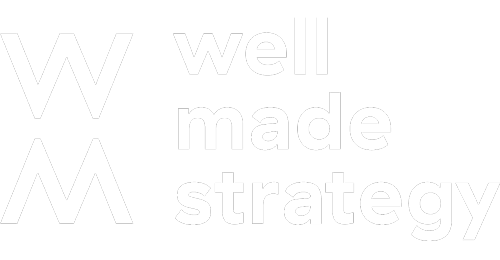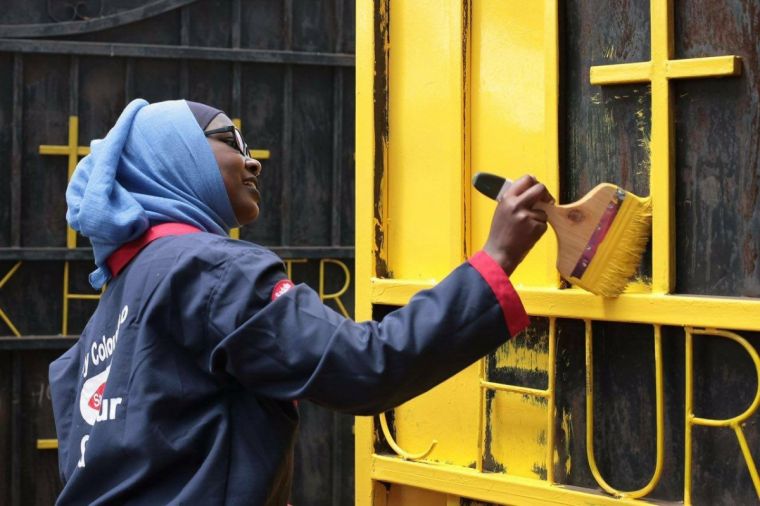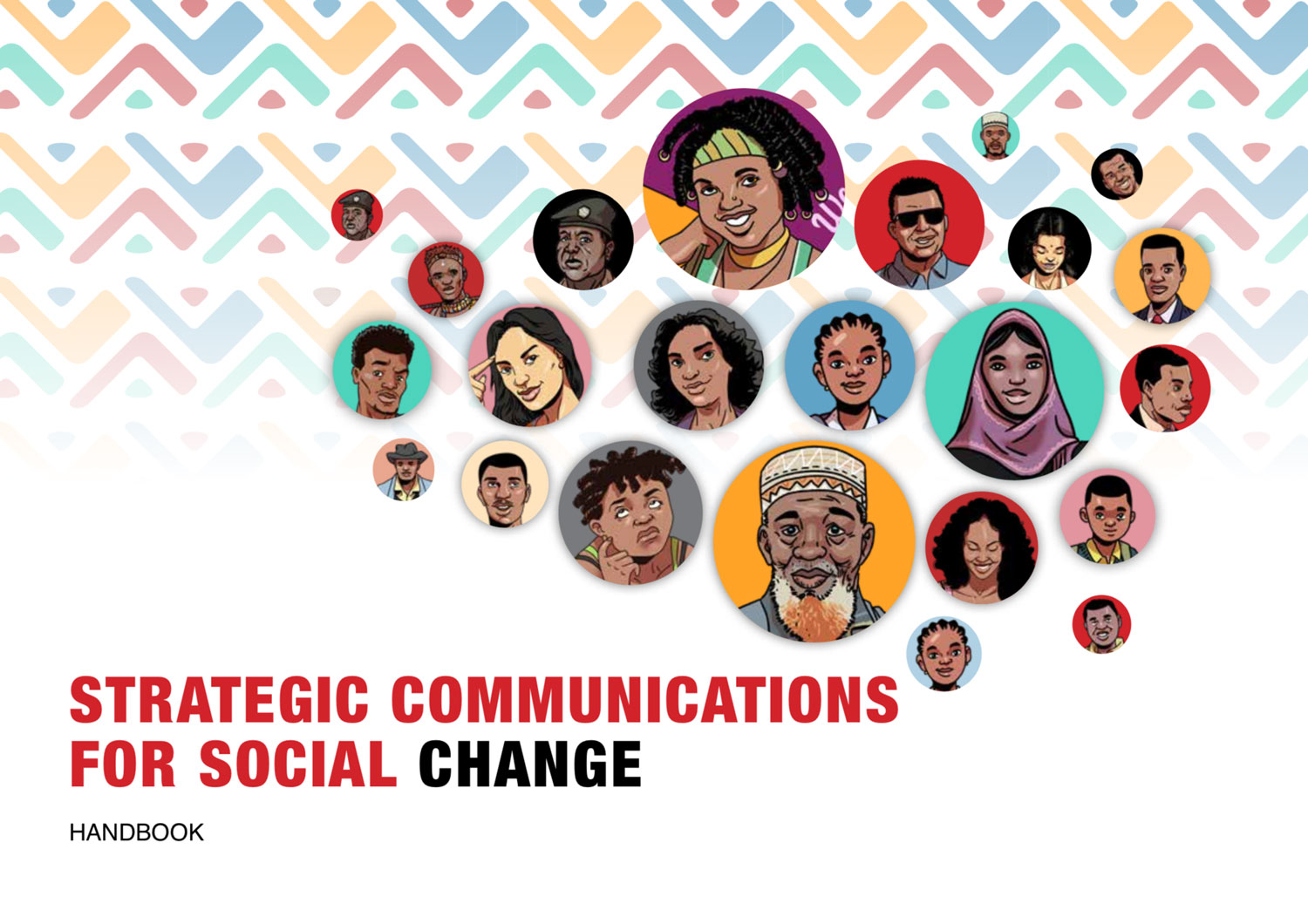Terrorists use spectacular moments of death and destruction to create division and fracture communities. But can public art create equally spectacular moments of beauty and love, that can heal division and unite communities? That’s the subject of a new book, called ‘Art in the City’. The opening chapter of the book is authored by my colleague at Well Made Strategy, Nabila Alibhai.
The chapter, entitled ‘How colour replaces fear’, tells the story of how gallons of donated paint and 10,000 biodegradable balloons captured imaginations in Afghanistan, South Africa and Kenya. These “social practice art” projects linked people together as participants of a common experience and created a collective reconsideration of an urban environment by ‘invading’ the public space.

In Kabul, 130 youth volunteers handed out 10,000 pink helium filled balloons on an ordinary Monday morning. Interrupting the daily routine of people in the street, this action prompted strangers to talk to strangers as if they knew one another, and provided a spectacular and defiant collective act, just days after a suicide car bomb attack.

In Johannesburg, the decaying empty buildings of the central business district were made to ‘cry’ hot pink paint from their broken windows. Night after night, over a period of eight weeks, groups met at midnight to use water soluble paint to highlight both the social challenge and the regeneration opportunity the buildings represented.

In Nairobi and the coastal Kenyan town of Likoni, people painted each other’s house of worship bright yellow, as an act of love. In the wake of the Westgate and Garissa attacks, neighbours and communities used yellow, the colour of the sun, to demonstrate that there is more that unites us than divides us. Ahead of tense and fractious elections, the use of yellow – because sun shines on each of us equally – created both inter-community and interfaith dialogue to bringing down invisible barriers and foster religious tolerance.
Each of these projects tackled complex and sensitive issues but used social practice art to generate cooperative action, new networks of relationships and alternative narratives. Sometimes a moment of spectacular public art can reset a debate, and reach out beyond the usual suspects. Development programmes and even commercial companies might not be used to working with artists or even engaging in public dialogue. But the book inspires us to aim high, unleash our creativity and think beyond our usual boundaries.
‘Art in the City’ is published by Routledge and is available here.
Richard Darlington is Head of Strategic Communications at Well Told Story and offers strategic communications consultancy through Well Made Strategy. Follow him on Twitter: @RDarlo



